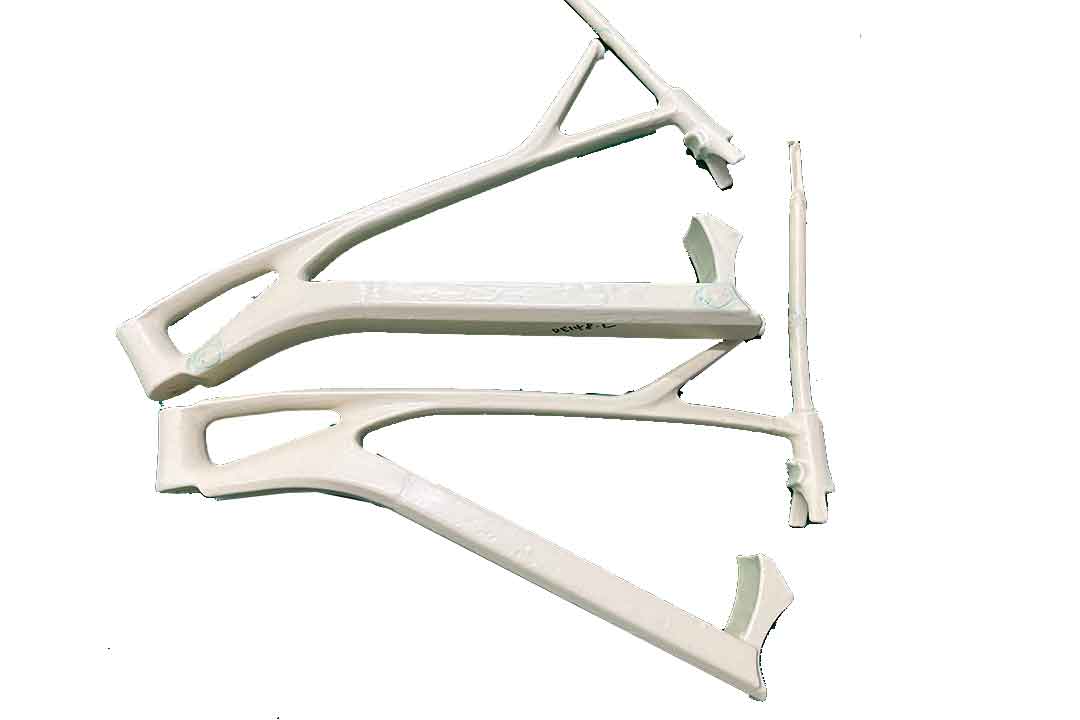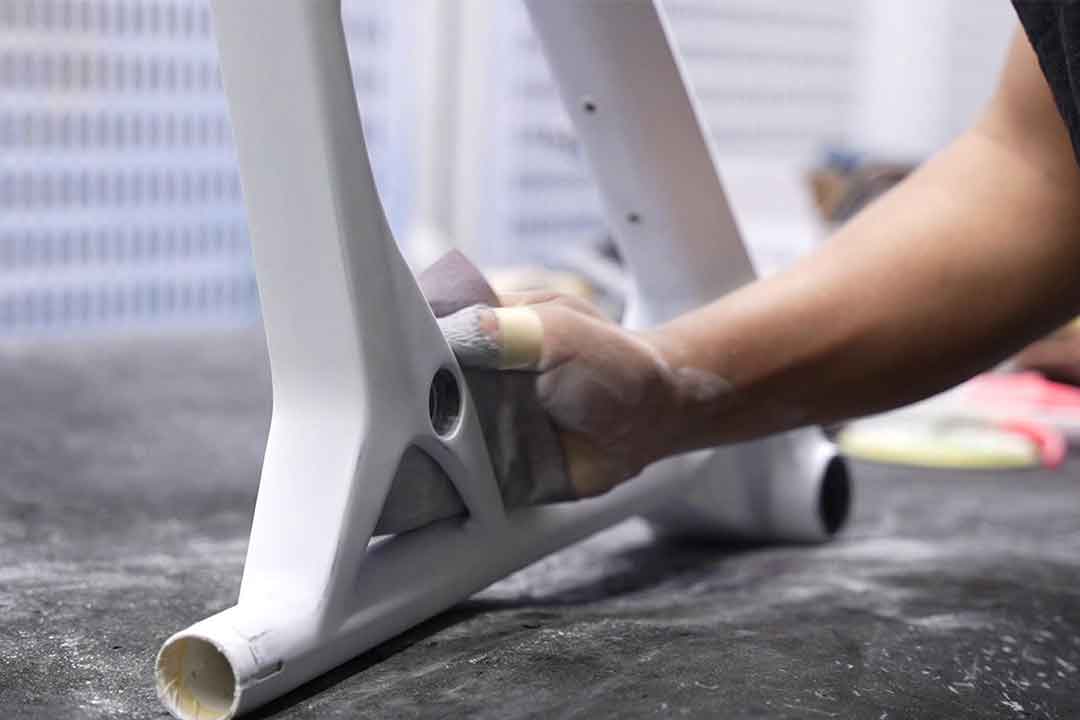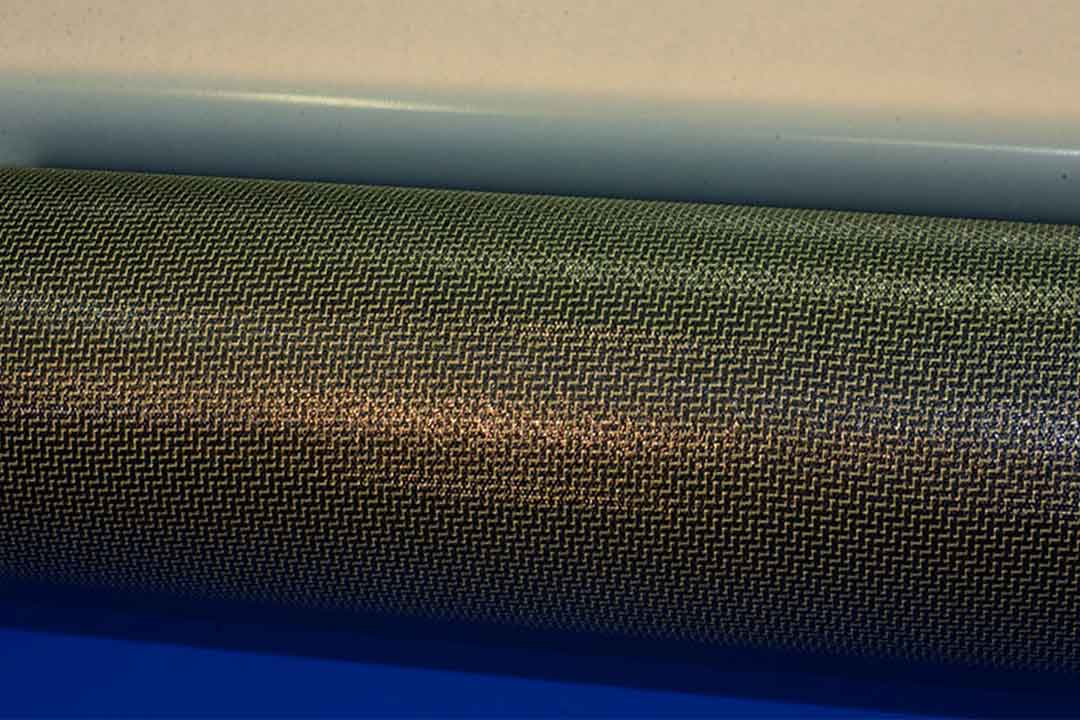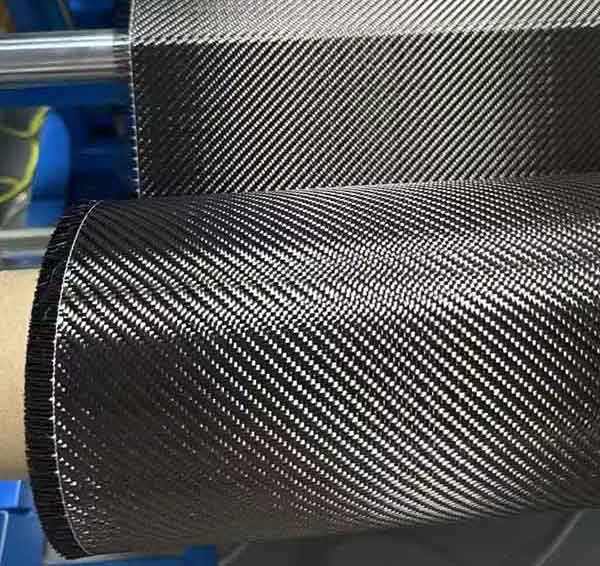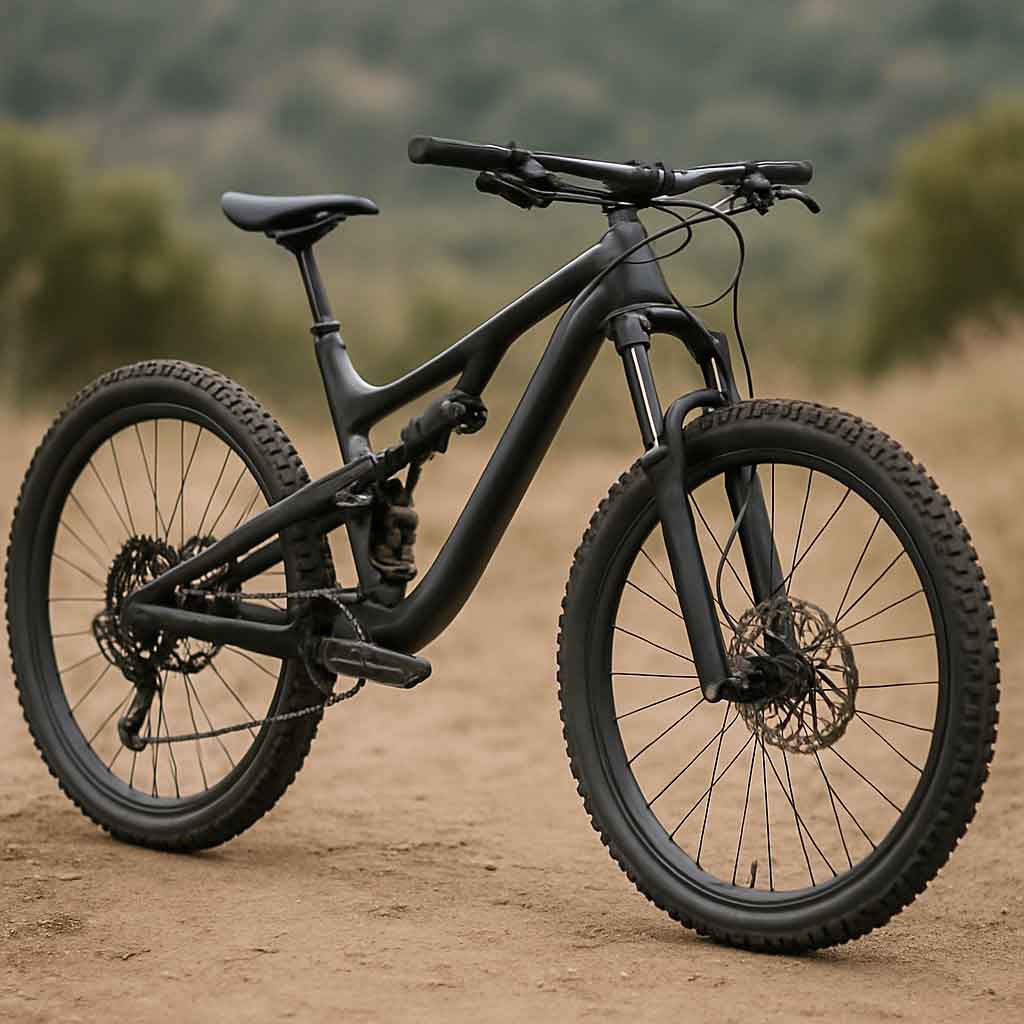Welcome to Mondince Bike - A well-known factory specialized in produce carbon bike frame and other parts since 2007.
Maintenance Tips for 26 Inch Wheel Rims
When it comes to keeping your mountain bike running smoothly, maintaining your 26-inch wheel rims is crucial. Regular maintenance not only prolongs the life of your wheels but also ensures safety and performance on the trails. Neglecting this essential upkeep can lead to premature wear and potentially hazardous riding conditions. In this guide, we'll cover essential maintenance tips for your 26-inch mountain bike wheels, whether you're a weekend warrior or a seasoned cyclist. By integrating these practices into your routine, you can maximize both your bike's performance and your riding enjoyment.

Before diving into maintenance, it's important to understand the components of your 26-inch bike rims. These rims are designed for mountain biking, providing the strength and durability needed to handle rough terrain. The robust construction allows them to withstand the shocks and impacts encountered on rugged trails. Typically, the rim is made from aluminum or carbon, each offering unique benefits in terms of weight, strength, and cost. Aluminum rims are generally more affordable and provide a good balance of weight and durability, while carbon rims, though pricier, are lighter and can enhance overall bike performance.
Components of a Wheel Rim
- Rim: The outer edge that holds the tire. It is crucial for maintaining the shape of the wheel and providing a surface for braking (in rim brake systems).
- Spokes: Thin rods connecting the rim to the hub, providing structure and support. Spokes play a critical role in distributing weight and absorbing shocks, impacting both the ride quality and the wheel's strength.
- Nipples: Small nuts that secure the spokes to the rim. They allow for tension adjustments, which are essential for keeping the wheel true and stable.
- Hub: The center part of the wheel that houses the axle. The hub's quality and condition are vital for smooth wheel rotation and overall bike performance.
Knowing these parts helps you perform basic maintenance tasks and communicate effectively when seeking professional help. Understanding each component's function allows you to diagnose issues more accurately and maintain your bike's optimal performance.
Routine Cleaning
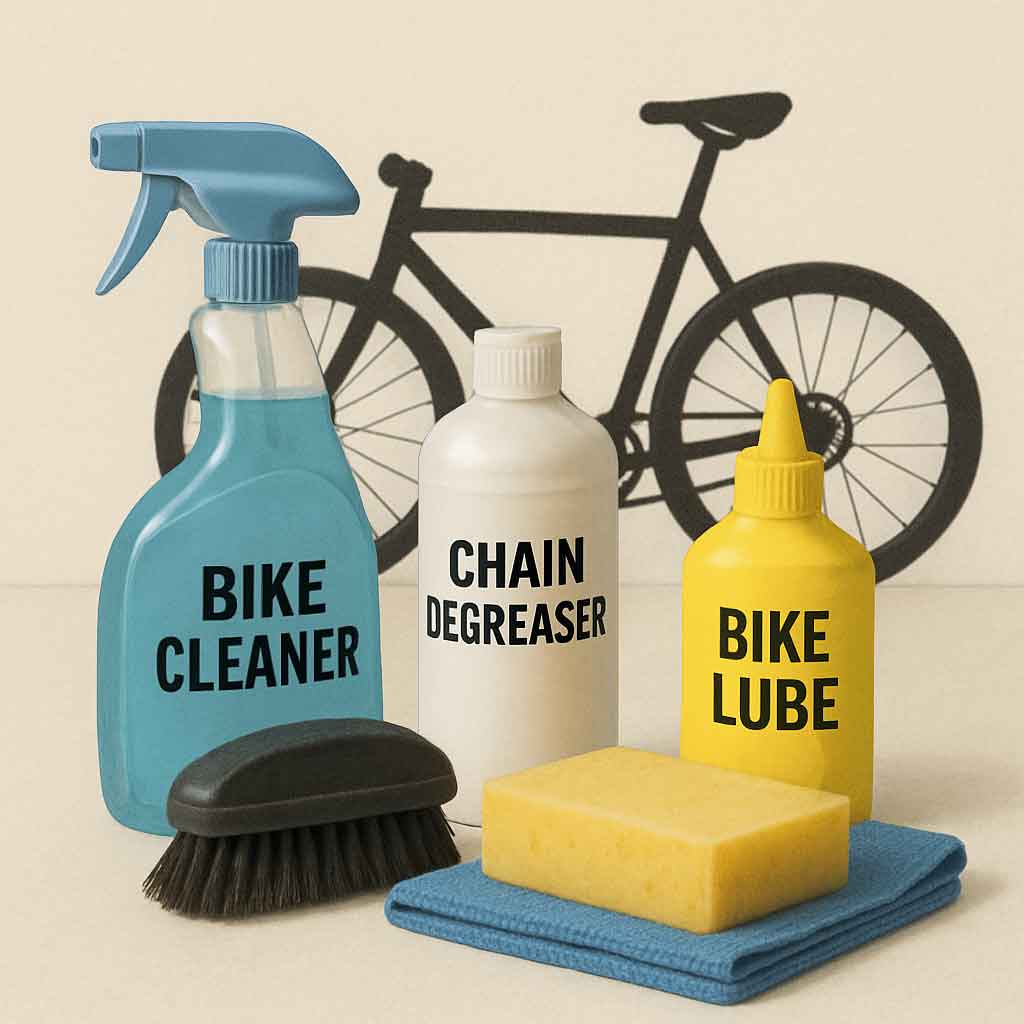
One of the simplest yet most effective ways to maintain your 26-inch bike wheelset is routine cleaning. Dirt, mud, and grime can accumulate on your wheels, leading to wear and tear. Regular cleaning prevents the buildup of corrosive materials that can degrade your rims and compromise their integrity over time. Additionally, a clean wheel makes it easier to spot early signs of damage, such as cracks or corrosion, allowing for timely intervention.
Steps to Clean Your Wheel Rims
- Remove the Wheel: For a thorough clean, take the wheel off the bike. This provides better access to all components and prevents water or cleaning agents from reaching sensitive areas of the bike.
- Rinse with Water: Use a hose to remove loose dirt and mud. Avoid high-pressure water streams that can damage the bearings. A gentle flow is sufficient to remove most surface debris without risking damage to the wheel components.
- Apply Bike Cleaner: Use a bike-specific cleaner or mild soap. Avoid harsh chemicals that can damage the rim's finish. Specialized bike cleaners are formulated to be tough on dirt but gentle on the bike's surfaces.
- Scrub Gently: Use a soft brush to scrub the rims, paying attention to the spokes and hub area. Soft-bristled brushes help avoid scratches while effectively removing stubborn grime.
- Rinse and Dry: Rinse the wheel with clean water and dry with a soft cloth to prevent rust. Ensuring the wheel is completely dry before reinstalling it helps to avoid moisture-related issues.
Regular cleaning not only keeps your wheels looking good but also makes it easier to spot potential issues like cracks or dents. It’s a proactive step in maintaining the longevity and reliability of your bike.
Inspecting for Damage
Routine inspections are key to catching problems early. Regular checks can prevent minor issues from becoming major, costly repairs. Here's how to inspect your 26-inch mountain bike rims for damage:
Visual Inspection
- Look for Cracks and Dents: Check the rim for any visible cracks or dents. These can compromise the integrity of the wheel and lead to accidents. Pay special attention to areas around the spokes and the valve hole where stress is often concentrated.
- Check Spoke Tension: Gently squeeze pairs of spokes to ensure they're evenly tensioned. Loose spokes can cause the wheel to wobble, affecting the bike's handling and stability.
- Inspect the Hub: Ensure the hub spins smoothly without resistance or noise. Grinding or unusual noises can indicate worn bearings or other internal issues.
Tactile Inspection
- Feel for Rough Spots: Run your hands along the rim to feel for any rough or sharp spots that could indicate damage. These irregularities could be early signs of material fatigue or impact damage.
- Check for True: Spin the wheel and watch for side-to-side wobble. A true wheel spins straight without deviation. Even small wobbles can affect braking performance and ride comfort.
Truing Your Wheels
A key aspect of maintaining your 26-inch bike rims is ensuring they are true. A true wheel spins straight and smooth, improving performance and safety. Misaligned wheels can lead to uneven tire wear and affect braking.
How to True Your Wheels
- Secure the Wheel: Use a truing stand or flip your bike upside down for stability. This setup provides a clear view of the wheel's alignment and allows for precise adjustments.
- Identify Wobble Areas: Spin the wheel and use a marker to mark areas where the rim deviates from straight. Identifying these spots helps target the adjustments needed to restore true alignment.
- Adjust Spoke Tension: Tighten or loosen the nipples using a spoke wrench. Tighten spokes on the side opposite to the wobble to pull the rim back into alignment. Adjustments should be small and gradual to avoid overtightening.
- Check Your Work: Spin the wheel again to check for improvements. Repeat the process until the wheel is true. Patience and precision are key to achieving a perfectly true wheel.
Truing wheels can be challenging for beginners, so consider seeking professional help if you're unsure. Properly trued wheels enhance the bike's ride quality and component longevity.
Lubricating the Hub
.jpg)
by Elena Rouame (https://unsplash.com/@roum)
Proper lubrication of your wheel hub is crucial for smooth operation. The hub's bearings are essential for friction-free rotation, and neglecting lubrication can lead to increased wear and resistance. Here's how to lubricate it:
Steps to Lubricate Your Hub
- Remove the Wheel: Detach the wheel from the bike to access the hub. This step ensures you can apply lubricant precisely where it's needed without mess.
- Clean the Hub: Use a rag to clean any dirt or old grease from the hub. Removing old lubricant prevents buildup and ensures the new lubricant can perform effectively.
- Apply Lubricant: Use a bike-specific lubricant on the hub's bearings and moving parts. Choose a lubricant that is designed for the specific conditions you ride in, such as wet or dry environments.
- Reassemble and Test: Reattach the wheel and spin to ensure smooth operation. Proper lubrication will be evident if the wheel spins freely and quietly.
Regular lubrication prevents rust and ensures your 26-inch bike wheels operate smoothly. Keeping the hub well-lubricated extends its lifespan and maintains efficient performance.
Checking Tire Pressure
Tire pressure affects both performance and safety. Properly inflated tires enhance traction, reduce rolling resistance, and protect the rims from impacts. Under-inflated tires can make riding difficult and increase the risk of damage to your rims.
How to Check Tire Pressure
- Use a Pressure Gauge: Check the tire pressure with a bike-specific pressure gauge. Accurate readings ensure you adjust to the correct pressure levels.
- Inflate to Recommended Level: Refer to the side of your tire for the recommended pressure range and inflate accordingly. Optimal pressure varies based on the type of terrain and rider weight, so adjust as needed for specific conditions.
- Check Regularly: Make tire pressure checks a regular part of your maintenance routine. Regular monitoring helps maintain optimal performance and prevents excessive wear.
Proper tire pressure can enhance your riding experience and protect your rims from damage. Consistent checks and adjustments ensure safety and efficiency on every ride.
Conclusion
Maintaining your 26-inch wheel rims is essential for safe and efficient biking. By following these maintenance tips, you can extend the life of your wheels and ensure a smoother ride on the trails. Regular upkeep helps prevent costly repairs and enhances your biking experience. Remember to clean regularly, inspect for damage, true your wheels, lubricate the hub, and check tire pressure. With proper care, your 26-inch mountain bike rims will keep you rolling smoothly for many adventures to come. Prioritizing these maintenance practices not only supports your bike's performance but also contributes to a safer and more enjoyable ride on every trail.



